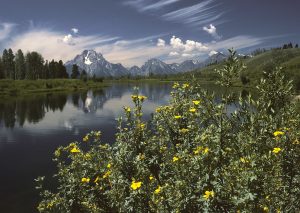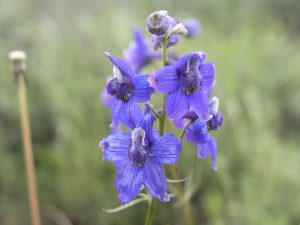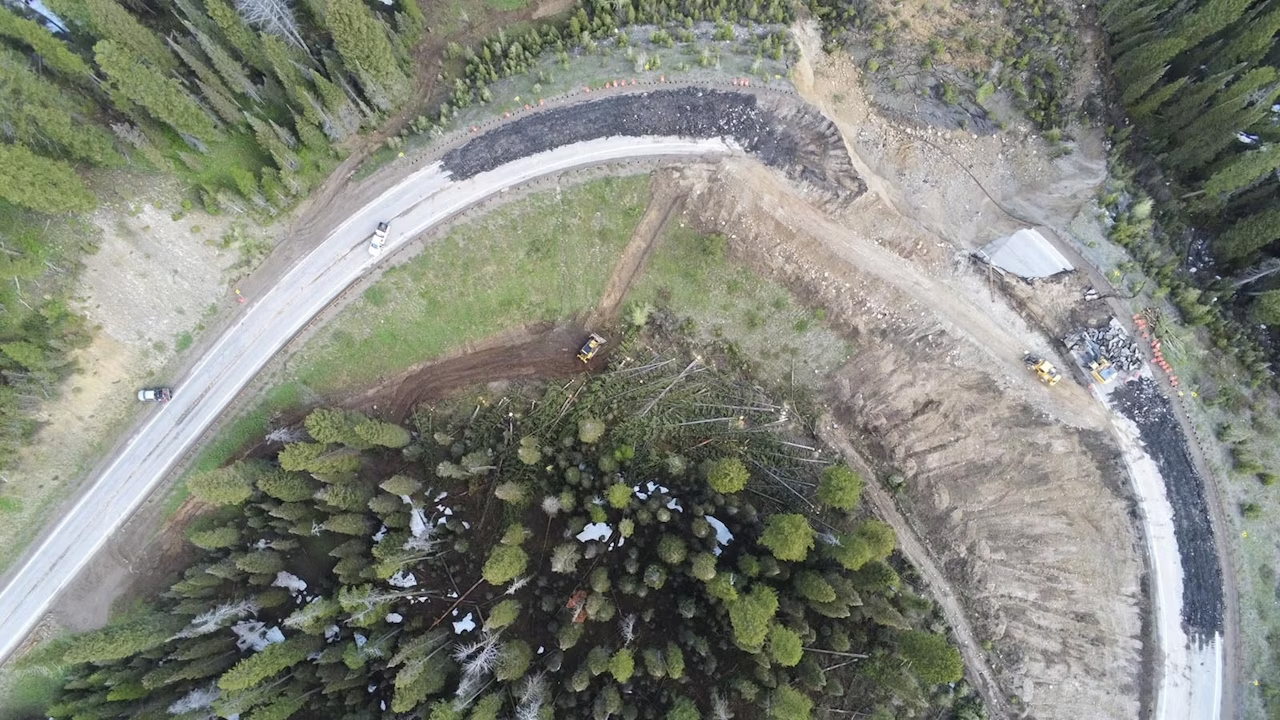Wildflowers Bloom Early in Grand Teton Due to Climate Change
Written by Andrew-Rossi on March 29, 2022
Blooming flowers are a beautiful sign of troubling trends in Grand Teton National Park as the Greater Yellowstone Ecosystem “adapts” to climate change.
Climate change is one of the most pressing issues impacting the Greater Yellowstone Ecosystem. While its impact may be too slow to notice, historic data shows that the environment is changing in response to abnormal temperatures.
A new study from The Nature Conservancy in Wyoming has found that many wildflowers and other plants in Grand Teton are blooming and bearing fruit weeks earlier than they did in the 1970s. These changes are a direct response to climate change, as the park’s flora respond to higher temperatures earlier in the season.
Spring flowers are blooming 17 days earlier – some flowers blooming as much as 36 days. That blooming correlates with spring snowmelt occurring on average 21 days earlier over that same period.
Everything’s connected – earlier blooming could be a devastating change to the wildlife that depend on them for survival.
The study raises serious questions for the entire Greater Yellowstone Ecosystem. For example, will berry bushes produce fruit at the right time for bears to load up on critical calories before hibernation? Likewise, will sage-grouse have enough food during their spring mating and nesting season when they need it most?
What’s more, the impacts are not limited to Grand Teton and the Greater Yellowstone Ecosystem.
Sagebrush grasslands blanket millions of acres in the Western United States. As climate change alters plant cycles, wildlife will be affected: mule deer, elk, pronghorn, and dozens of grassland birds, including already-struggling greater sage-grouse.
Understanding the changes occurring among the plants can help land managers assist plants and animals adapt to climate change.
“For example, spring wildflowers are an important food source for sage-grouse, yet are rarely included in sagebrush restoration projects,” says Bloom. “Understanding these altered bloom patterns can help restoration planners chart out the plant choices and timing of their distribution that will be most effective in our changing climate.”
This study benefitted greatly from the foresight of pioneering scientist Frank Craighead, best known for decades of grizzly bear research and conservation in the region. In the 70s and 80s, Craighead carefully documented the first flowering events for many plants in parts of the Greater Yellowstone Ecosystem.
Nature Conservancy Wyoming’s science director Corinna Riginos recovered Craighead’s handwritten notes from the basement of his old cabin. Riginos and TNC community ecologist Trevor Bloom used the notes to retrace Craighead’s steps, repeating the observations on over 50 plant species.
Interested Wyomingites can find the full study online in the journal Ecological Applications.
The study is also the result of the hard work of Wildflower Watch, a citizen scientist effort where volunteers chronicle plant development on trails in Grand Teton National Park.






